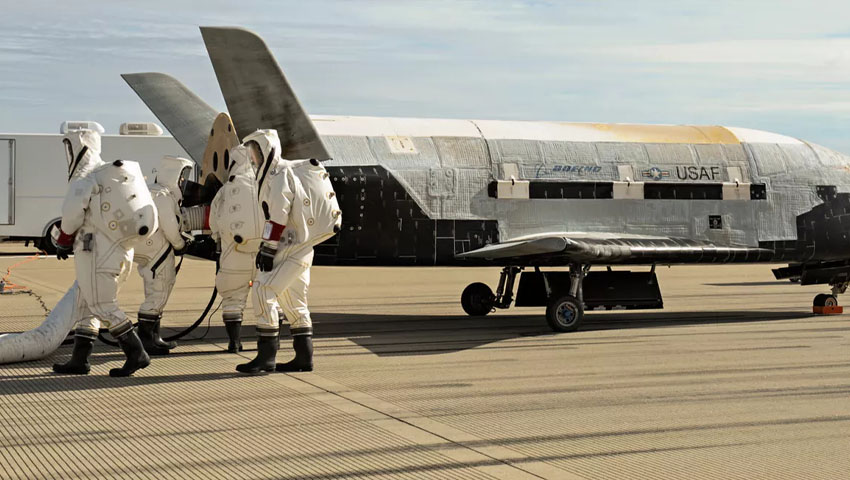
This is a small unmanned winged spacecraft resembling a miniature space shuttle used for top secret military missions for the US Air Force and US Defense Advanced Research Programs Agency (DARPA).
Now a Dutch satellite spotter named Ralf Vandebergh has actually spotted and photographed X-37B in orbit. According to the US website Space.com, Vandebergh said he had been hunting for X-37B for months and finally managed to spot it in May.
"When I tried to observe it again [in] mid-June, it didn't meet the predicted time and path. It turned out to have manoeuvred to another orbit. Thanks to the amateur satellite observers' network, it was rapidly found in orbit again, and I was able to take some images on June 30 and July 2,” he said.
Vandebergh wasn’t using an iPhone or even a quality digital camera to obtain his images.
He was actually using a 10-inch F/4,8 aperture Newtonian telescope with an Astrolumina ALccd 5L-11 mono CMOS camera. Tracking was fully manual through a 6×30 finderscope, he explained.
"It is really a small object, even at only 300 kilometres altitude, so don't expect the detail level of ground-based images of the real space shuttle," he said.
"We can recognise a bit of the nose, payload bay and tail of this mini-shuttle, with even a sign of some smaller detail.”
While, there are a number of images of X-37B on the ground on the internet, capturing it in space is quite an achievement.
This started out as a NASA project in 1999, with Boeing selected to perform development of what was called X-37A at its Phantom Works. This subsequently transferred to the US Department of Defense, with the US Force subsequently developing its own version called X-37B.
One X-37A was made and two X-37B.
This resembles a scaled down space shuttle, with length of nine metres, wingspan of 4.5 metres and maximum takeoff weight of just under five tonnes.
First mission started in April 2010. So far there have been just four missions but they’ve been rippers. Mission OTV-1 ran for 224 days, OTV-2 for 468 days, OTV-3 for 674 days and OTV-4 for 717. The current mission, OTV-5, launched in September 2017 and is still up there.
The first four launches were aboard Atlas V rockets from Cape Canaveral while the fifth was on a SpaceX Falcon 9. The next launch is scheduled for December.
There’s been plenty of speculation about what the space plane does out there, including keeping an eye on China’s Tiangong-1 space station module and testing new types of drive and sensor systems.
Receive the latest developments and updates on Australia’s space industry direct to your inbox. Subscribe today to Space Connect here.












